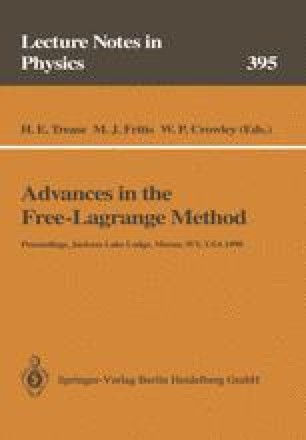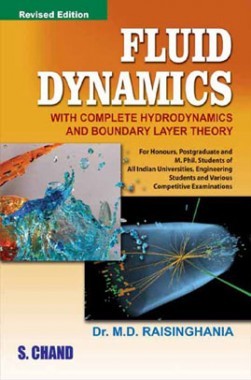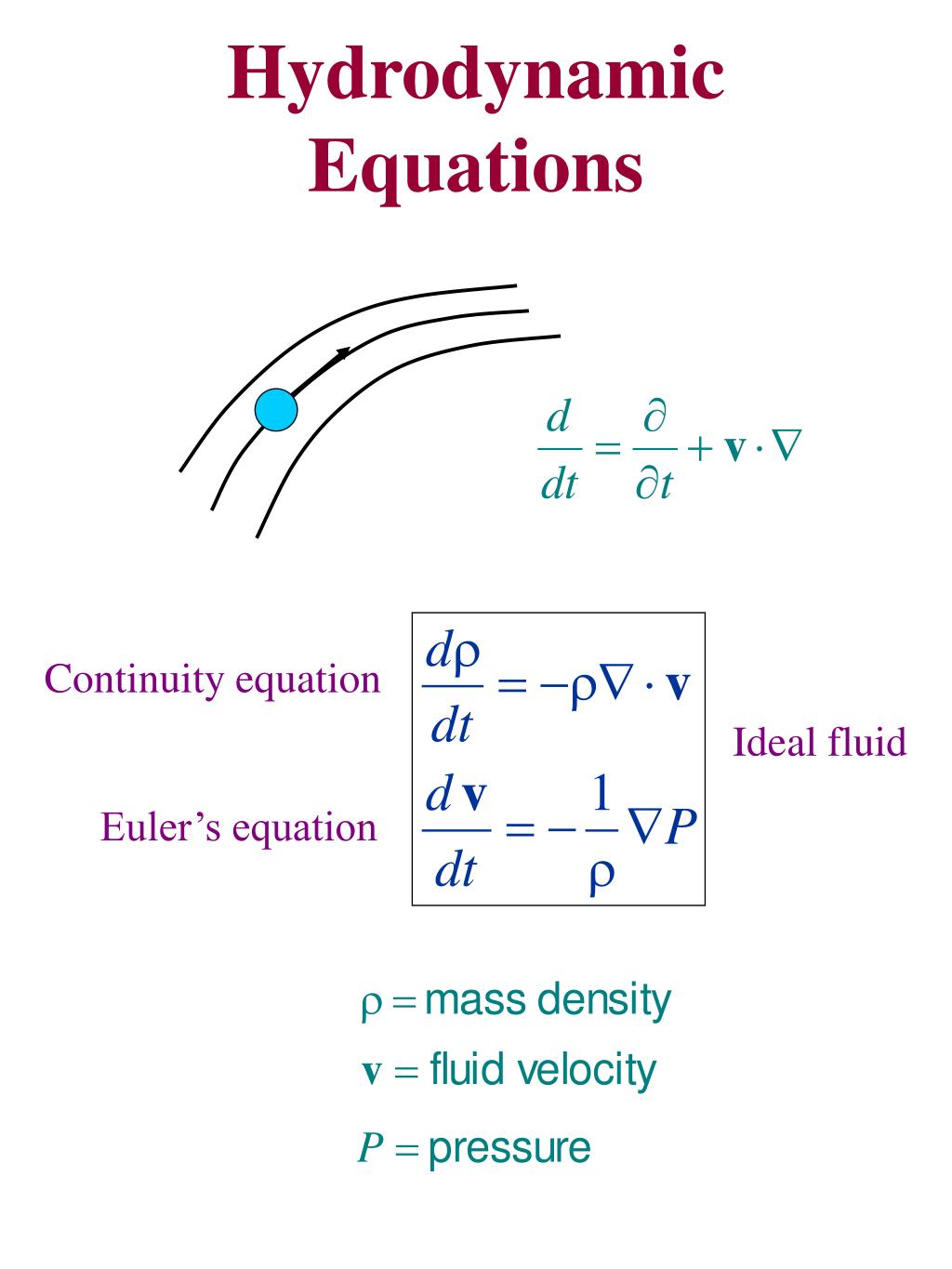

22 and only recently extended by Antuono et al. In our opinion, the most promising approach so far was presented in the pioneering work of Di Mascio et al. The latter can be attributed to the fact that the models are tested only with scarce validation runs, on setups which contain complex boundaries adding other SPH specific uncertainties on top of the actual turbulent flow 24 or are validated for two dimensional turbulence, which behaves qualitatively different 25 and where the use of usual turbulence closure models is unjustified, e.g., Refs. There were several publications on turbulence modeling in SPH, 17–23 but most of them either show a marginal improvement or are rather inconclusive for three dimensional subsonic turbulence. However, it might be argued that the results obtained by Bauer and Springel 13 are the consequence of a missing turbulence model and that they are only valid for underresolved Direct Numerical Simulations (uDNS). Finally, we conclude our work by acknowledging SPH as a coarse-graining method for turbulent flows, highlighting its capabilities and limitations. Although the simulations substantiate our theory, we see another issue arising, which is conceptually rooted in the particle itself, termed as particle duality.

We verify our theory by various simulations of homogeneous, isotropic turbulence at R e = 10 4 and compare the results to a direct numerical simulation.

While the current literature points at the conclusion that characteristic SPH issues become restrictive for subsonic turbulent flows, we see the potential to mitigate these SPH issues by explicit subfilter stress modeling. In this work, we will identify a novel relation between Smoothed Particle Hydrodynamics (SPH) and explicit large eddy simulation using a coarse-graining method from non-equilibrium molecular dynamics.


 0 kommentar(er)
0 kommentar(er)
